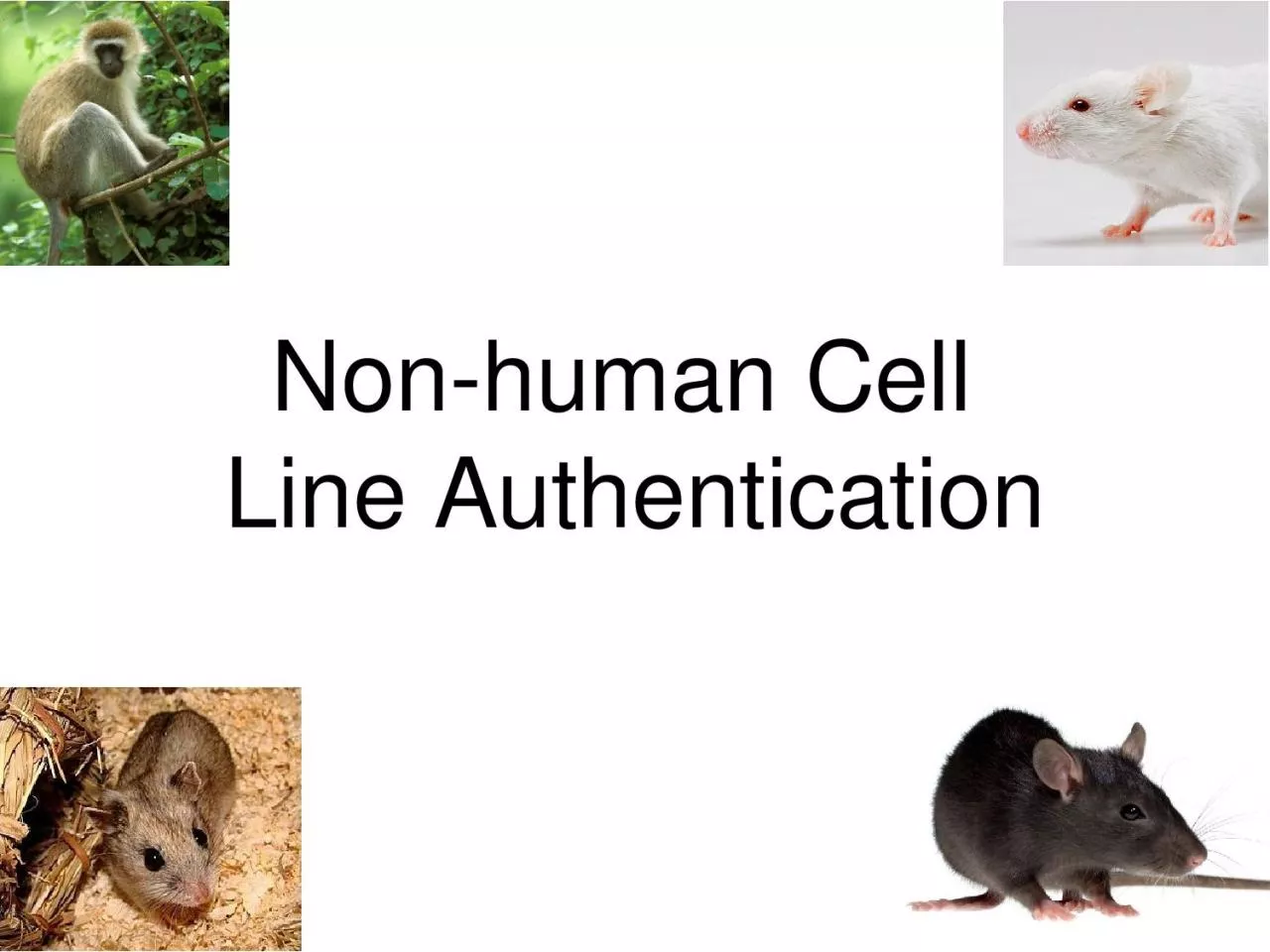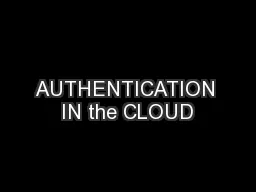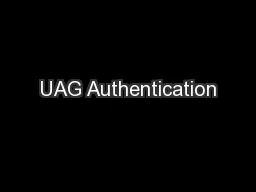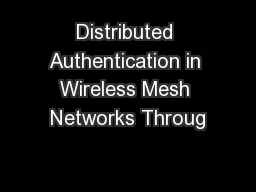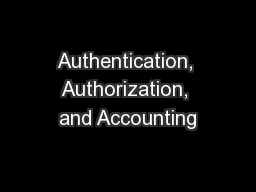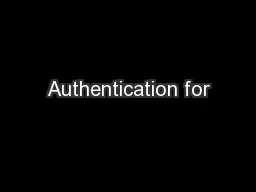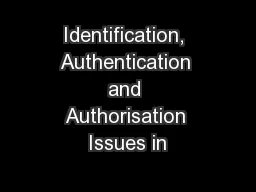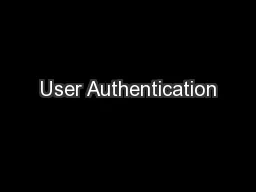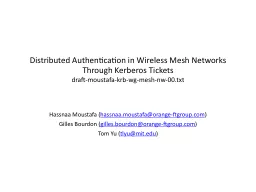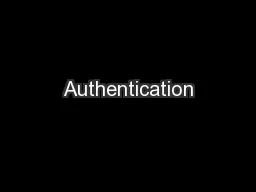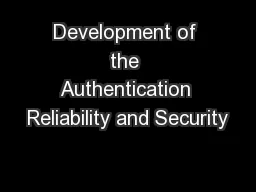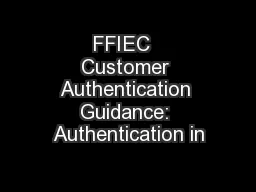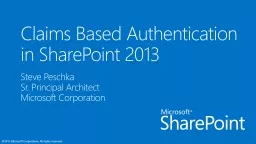PPT-Non-human Cell Line Authentication
Author : margaret | Published Date : 2022-06-14
Methods to Authenticate Nonhuman Cells Identification Contamination testing Chromosomal karyotype Protein expression Identity Testing of Nonhuman Cell Lines Specieslevel
Presentation Embed Code
Download Presentation
Download Presentation The PPT/PDF document "Non-human Cell Line Authentication" is the property of its rightful owner. Permission is granted to download and print the materials on this website for personal, non-commercial use only, and to display it on your personal computer provided you do not modify the materials and that you retain all copyright notices contained in the materials. By downloading content from our website, you accept the terms of this agreement.
Non-human Cell Line Authentication: Transcript
Download Rules Of Document
"Non-human Cell Line Authentication"The content belongs to its owner. You may download and print it for personal use, without modification, and keep all copyright notices. By downloading, you agree to these terms.
Related Documents

